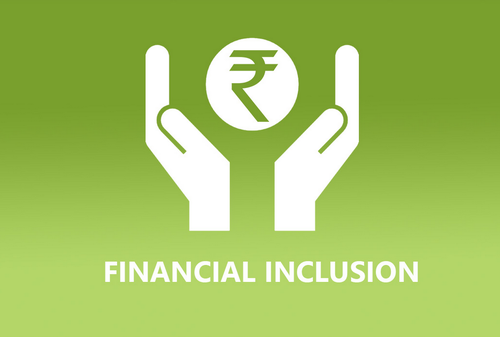|
Kelsang Why is there an urgent need to include courses on financial literacy in the education curriculum of female adolescents, especially in a context like Bihar in India? In this blog post, we explore how financial literacy empowers women and also has major implications on their security and health.
Why link school education and financial literacy for female adolescents? Firstly, let us look at the stark statistics of adolescent mothers in Bihar and what this may mean for their empowerment:
All of the factors above cumulatively leave the average female adolescent in Bihar, at a high risk of gender based violence, poor health and security. Therefore, we believe that a critical step towards mitigating this risk, is to ensure that female adolescents in Bihar are educated to become economically empowered, starting with being imparted basic knowledge and skills on financial literacy in their school curriculum. Financial literacy and Women Empowerment According to Mandell (2007) financial literacy is “The ability to evaluate new and complex financial instruments and make informed judgments in both choice of instruments and extent of use that would be in their own best long-run interests” [5]. At a basic, individual level, financial literacy is a necessary life skill that would empower women in cash management in their personal life and in their households. This is crucial, as it would remove total dependency on other family members and will not leave these adolescents and young women vulnerable, in case of emergencies like the risk of being trapped in domestic violence cases or sudden deaths or medical emergencies in the family [6]. Experts have also weighed in on how financial literacy of women would lead to their financial inclusion and could subsequently turn them into empowered entrepreneurs who would participate actively in the local and national economy [7] . Conclusion With such shocking statistics on adolescent girls being economically and therefore, socially disadvantaged in a context like Bihar, we can see a silver lining in the potential of how financial literacy could positively transform the lives of millions of women. Thus, to start with, we believe that educational non- profits and for- profits should include courses on financial literacy, especially for adolescent girls, in a context like Bihar. As educational NGOs, even though we may be education- focused, girls would benefit from gaining indispensable life skills that would help them and empower them beyond classrooms. [1] http://rchiips.org/nfhs/NFHS-5_FCTS/FactSheet_BR.pdf [2] https://www.eurekalert.org/pub_releases/2016-10/oupu-tcb101316.php [3] https://iwhc.org/resources/facts-child-marriage/ [4] https://timesofindia.indiatimes.com/articleshow/78849388.cms?utm_source=contentofinterest&utm_medium=text&utm_campaign=cppst_prime [5] https://www.rand.org/content/dam/rand/pubs/working_papers/2009/RAND_WR708.pdf [6] https://www.financialexpress.com/opinion/how-financial-literacy-can-truly-empower-women/1514071/ [7] https://www.researchgate.net/publication/330654022_Empowering_Women_Through_Financial_Literacy_in_Rajasthan
0 Comments
Leave a Reply. |
Archives
March 2024
Categories |
21213 SE 42nd Pl.
Issaquah WA 98029
Issaquah WA 98029
Turn the Bus is a registered 501 (c) (3) US nonprofit organization.
© Turn the Bus. All rights reserved.
© Turn the Bus. All rights reserved.


 RSS Feed
RSS Feed
